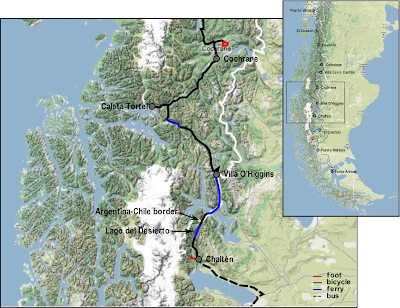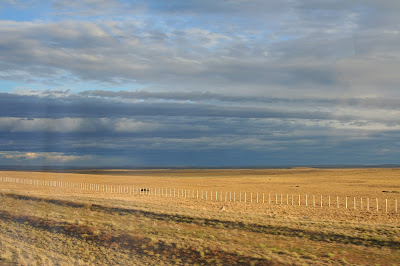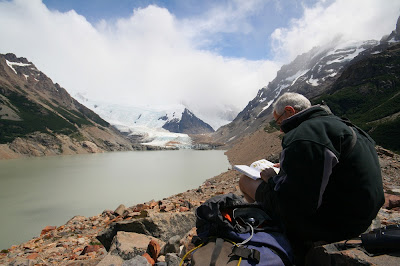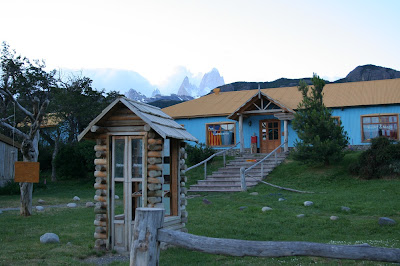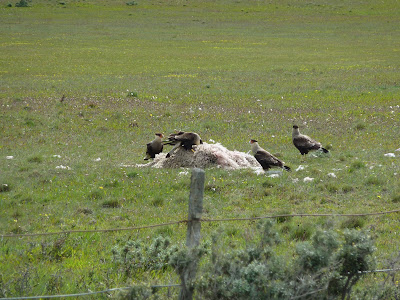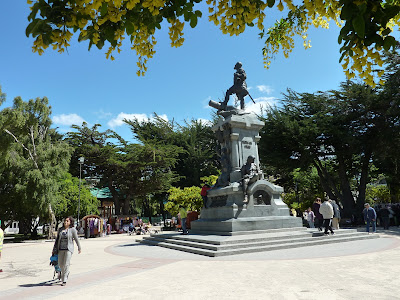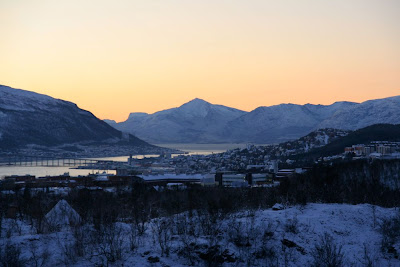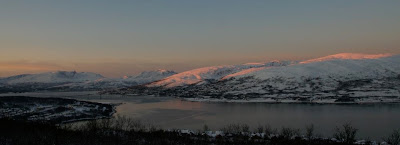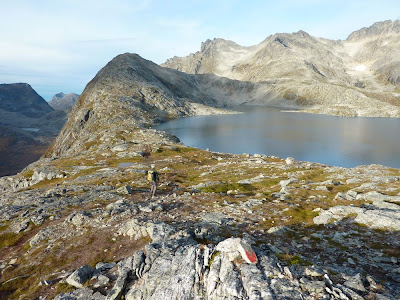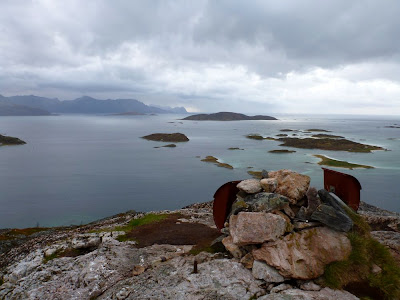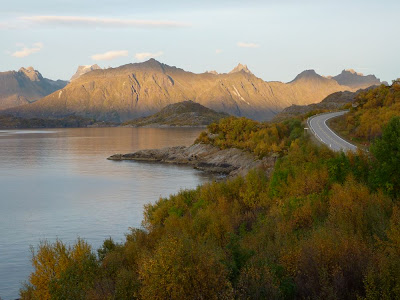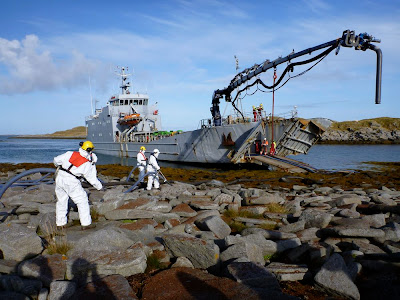We arrived in Cochrane last night and spending a day here relaxing, shopping and doing the washing. From El Chalten we cycled to Lago del Desierto, where we took the ferry across to the other side and cleared Argentinian customs. The next day we pushed our bikes 7 km along forest trails, with brilliant views back to Mount Fitz Roy and Mount Cerro Torre, to the Chilean border. Here the road started and we cycled down to the coast at Candelario Mansilla where we cleared Chilean customs. After a relaxing morning, we took the ferry to Villa O´Higgins, together with 2 more cyclists and 4 backpackers. Three days cycling and a short ferry later we arrived in Caleta Tortel, an old fishing village with no roads, but only boardwalks connecting the houses. Two more days cycling got us here to Cochrane. The weather has been very good, a little too hot at times (who said Patagonia was cold and wet?), but the horseflies can be quite annoying.
Tomorrow we will continue northwards towards Coyhaique, some 330 km north from here. We are planning to do some side trips and day walks along this stretch, e.g. to Valle Chacabuco and Villa Cerro Castillo. The next internet access may not be until Coyhaique, in about 10+ days time.
Map of the route El Chaltén - Cochrane
Road from El Chaltén to Lago del Desierto, Argentina
On the ferry across Lago del Desierto
Looking back over Lago del Desierto to Mt Fitz Roy and Mt Cerro Torre
The fishing village Caleta Tortel, no roads, only boardwalks connecting the houses.
The Carretera Austral between Caleta Tortel and Cochrane
